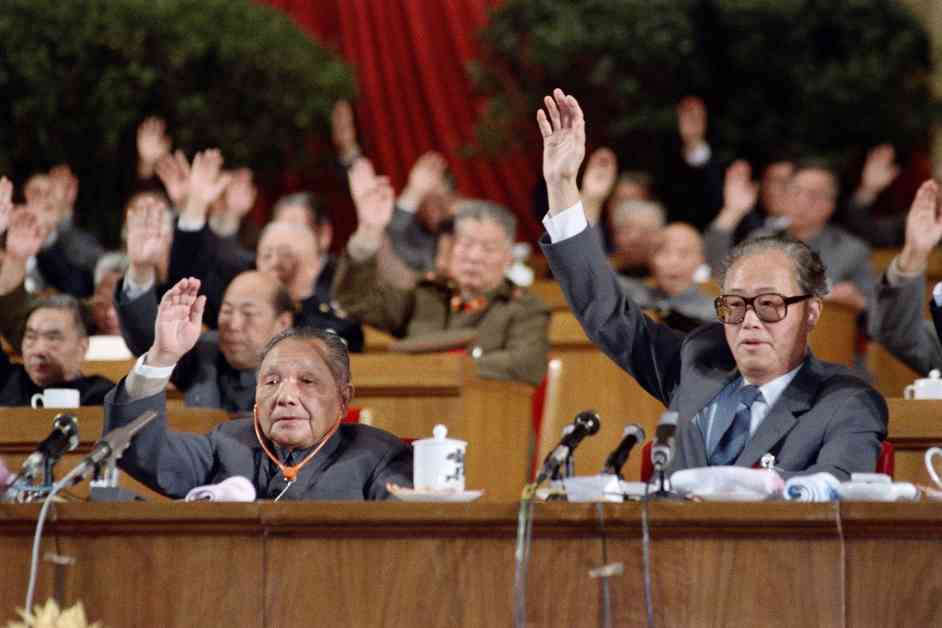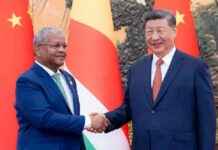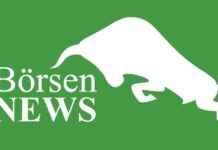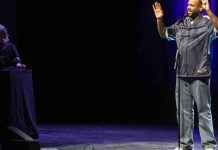Unlocking Opportunities: Understanding China’s Foreclosure Market
Amidst the geopolitical complexities of the 21st century, China finds itself at a crossroads, navigating its relationships with global powers while grappling with internal political dynamics. The recent history of China, particularly in the post-Mao era, sheds light on the country’s evolving economic and political landscape, offering insights into the challenges and opportunities that lie ahead.
**The Legacy of Deng Xiaoping: Economic Reform and Political Realignment**
The post-Mao era, characterized by the leadership of Deng Xiaoping, marked a significant shift in China’s economic policies and political structures. Deng’s vision of modernizing China through economic reforms, encapsulated in his famous aphorism “To get rich is glorious,” set the stage for the country’s rapid economic growth in the 1980s and 1990s. The establishment of special economic zones (SEZs) and the opening up of China to foreign investment propelled the country towards becoming a global economic powerhouse.
However, alongside the economic progress, Deng also initiated political reforms aimed at decentralizing power and instituting term limits for senior officials. These reforms, intended to prevent the concentration of power that had led to disastrous policies under Mao, laid the foundation for a more collective leadership model within the Chinese Communist Party (CCP). The balance between economic liberalization and political control, exemplified by Deng’s pragmatic approach, defined China’s trajectory in the post-Mao era.
**The Hu Jintao Era: State Capitalism and Political Stagnation**
The leadership of Hu Jintao, following in the footsteps of Deng Xiaoping, witnessed a resurgence of state capitalism and a reassertion of state control over the economy. The consolidation of state-owned enterprises and the curtailment of private sector growth reflected a cautious approach towards economic liberalization, driven by concerns over maintaining CCP control.
Hu’s tenure, characterized by a lack of major reforms and a focus on stability, laid the groundwork for the rise of Xi Jinping and the subsequent dismantling of the collective leadership model. The limitations of Hu’s leadership in addressing systemic challenges such as corruption and economic inefficiency underscored the need for a more assertive and centralized leadership style.
**The Rise of Xi Jinping: Consolidation of Power and Assertive Leadership**
Xi Jinping’s ascension to power marked a significant departure from the collective leadership model established by Deng Xiaoping. Through a series of strategic moves, including the removal of potential rivals and the cultivation of a cult of personality, Xi consolidated power and positioned himself as the paramount leader of China.
Xi’s leadership style, characterized by assertiveness and centralization of authority, has reshaped China’s domestic politics and foreign policy. His emphasis on nationalism and sovereignty, exemplified by China’s claims in the South China Sea, reflects a shift towards a more muscular and assertive stance on the global stage.
**Challenges and Opportunities Ahead**
As China navigates the complex interplay of economic development, political control, and global influence, the country faces a range of challenges and opportunities. The legacy of Deng Xiaoping’s economic reforms, coupled with the political realignment under Xi Jinping, sets the stage for a dynamic and evolving China.
Understanding China’s foreclosure market, amidst the backdrop of geopolitical shifts and internal dynamics, requires a nuanced and comprehensive analysis of the country’s economic and political landscape. By examining the historical context and the trajectory of China’s leadership, we gain valuable insights into the opportunities and challenges that lie ahead for the world’s most populous nation.









![Indie music fans gather at l’Antipode for [Face B] Kool Things soirée on Saturday night news-15112024-105933](https://shanghainewstv.com/wp-content/uploads/2024/11/news-15112024-105933-218x150.jpg)







